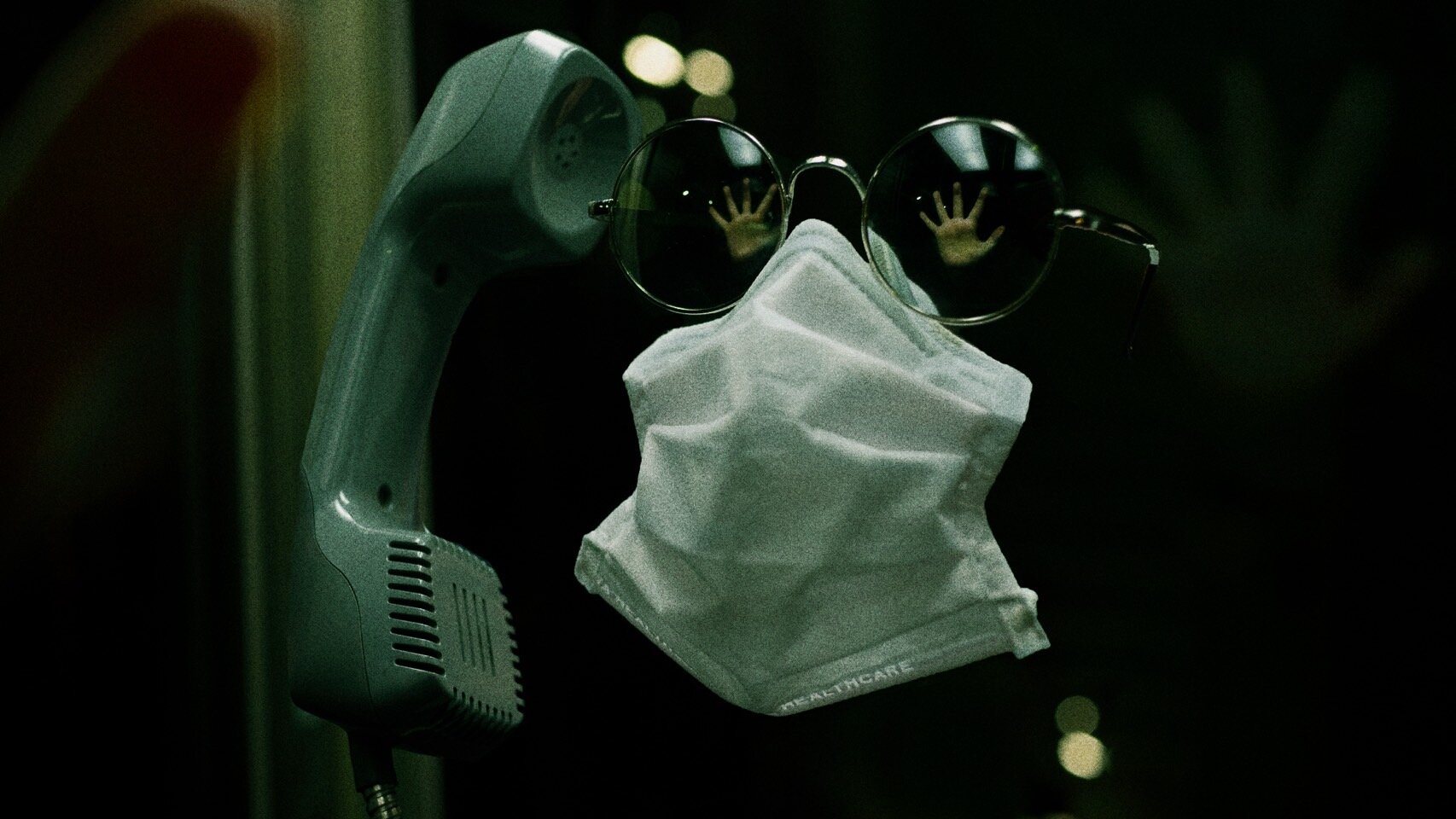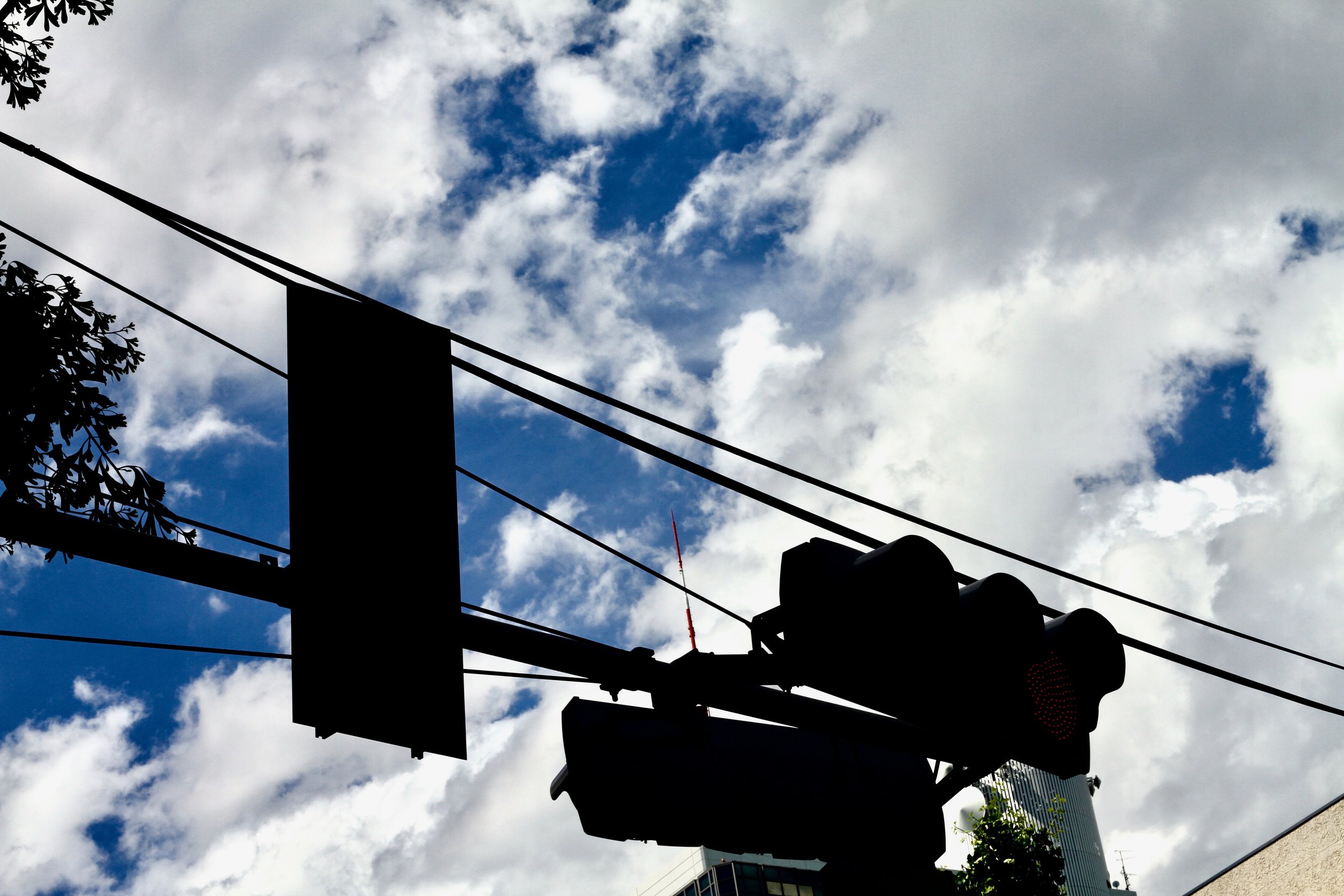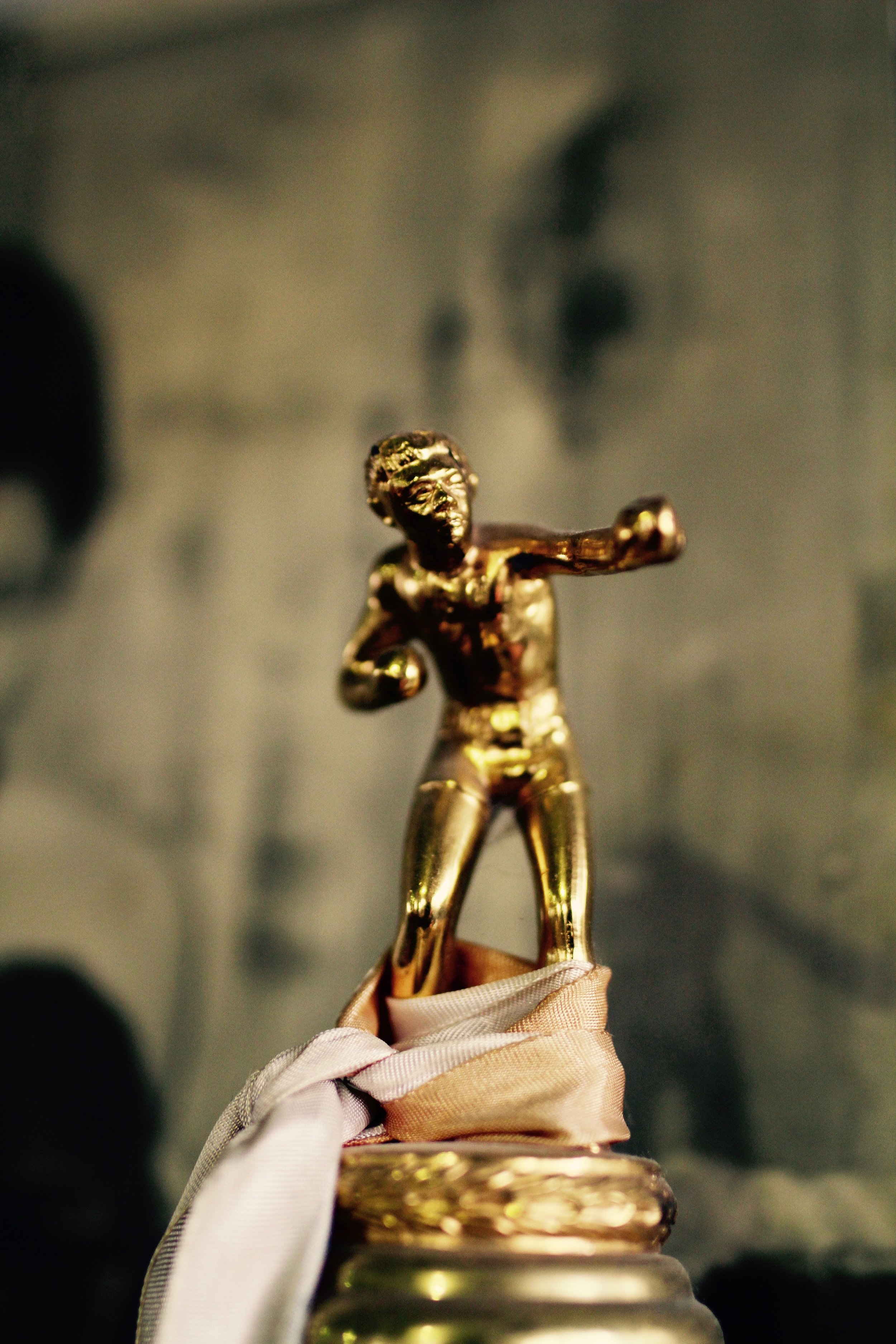Yojimbo’s been hurling the rock since before they started keeping official records. According to rumor, he adds a new pitch to his repertoire every spring. Hitters should watch out for his unpredictable split-clawed slurve, unless they want to end up a new strike out meme. #yoyogicrows #baseball #japan
tokyo
Annnnnnnddd Now.... Your Yoyogi Crows!
Sport may have paused around the world, but that hasn’t stopped the Yoyogi Crows from continuing their hardball dominance. Because the Crows are rebels—and they’re also a highly fictional motley crew of sandlotters. They’ll play nine innings against anyone foolish enough to cross over their chalk lines. For the Yoyogi Nine, hope never went anywhere. Play Ball!
Whether he’s moving up the middle to rob a base hit, or moving his hips to excite the tourists gathered outside of Yoyogi Park, Rockabilly always gives the people what they paid for—rock solid results.
The reliable veteran uses its triangular presence to anchor the diamond and provide leadership that results in constant digs and double plays.
Nothing cleans up the bases like this fully stocked Vending Machine loaded with energy drinks and Japanese performance enhancing elixirs.
“We’ll figure out what to do together, even when we have to stay apart.”
Together We Stand Apart
Direction: @mackshepp
Copywriter: @oylentertainment
Production Support: @nozosandy
#viewfinder @stinkfilms
Shinjuku Sunset
Tokyo Typhoon Extreme Weather Tourists
The biggest typhoon of the past several decades hit Tokyo last weekend. Living near the center of the city, we were curious what things would be like at ground zero, before the peak of the typhoon arrived.
Before we set out, we looked at a couple of live cams of Shibuya. There were only a handful of people out, toting umbrellas and braving the elements. But the winds didn’t seem to that intense at the moment, so we looked at each other and decided to go check it out first hand.
We rolled over to the bus stop a couple of minutes from our house. Luckily a bus was just pulling up when we arrived so we hopped on. There were only two other riders on the bus. So we could already feel the effects of the evacuation mentality. We rode all the way to Dogenzaka, making no stops on the way as no one was at any of the bus stops.
When we left the bus, it was only raining lightly. It was still sage to use your umbrella and not have it blown apart by high winds. We walked the deserted alleys and streets around Shibuya station. Many of the shops and cafes had fully boarded up windows, giving the whole environment the look of an apocalyptic movie set. We continued on, walking the empty streets and snapping the occasional rare photo of a barren Shibuya.
We were on a scouting mission to see if anything was open. Being around noon, we had lunch on our minds. With the boarded up windows, it didn’t look promising. However as we walked Basketball Street in central Shibuya, we saw a light burning brightly in the distance. As we approached the window, we discovered it was a ramen shop—working at full capacity. Just looking in the window, you wouldn’t guess the circumstances odd at all. Chefs moved in tight choreography. Spinning, draining scoops of noodles, stirring vats of steaming broth. All as happy customers slurped away as on any other day.
And who were all these fools inhaling ramen under these locked down circumstances? Were they all reflections of us? Disaster tourists? Or rugby fans eating off the pain of cancelled games. Or bitcoin miners waiting for the conference to resume.
After a leisurely and dry lunch, we headed back into the streets in search of more nothingness. The rain now more persistent. The drops bigger. But still no wind. We ducked into Don Quixote. The meme-like Japanese super everything store. Whose multi-jingles and enthusiastic staff were on full blast. Ramen and Don Quixote, the two pillars of Tokyo remained unfettered by the weather event outside.
We picked up some batteries and spare lightbulbs because they were on our shopping list. Then we walked on. The rain amping up even more.
At the crossing, cameras and reporters stood in the elements talking to the random handful of folks passing through. We were stopped. They were doing something for British TV, around rugby. But with the games called off, they turned into typhoon chasers. They asked if we were here for the rugby or the bitcoin. Sadly no. They asked if we thought the typhoon was going to be bad. I said something about reports usually being overblown. At which point a gust of wind blew back my umbrella, shattering the skeletal core beyond repair. With any luck, I’m some sort of meme to American ignorance in the UK thanks to the comic timing of a gust from the god of wind.
From the interview on, the weather turned increasingly violent. We turned into the tunnels above and below Shibuya station, and walked their empty halls. Every now and then we’d pass another explorer like us. Earlier we had thought of walking home, but with the winds, we caught a cab. One of a hundred lined up at the station after the buses and trains had stopped. We rode home and looked out the window for the rest of the day as the winds pended. The trust of the typhoon came at night, after the house was asleep. But our photos and videos of a barren Shibuya made our wet excursion to the city center worth it.
Saturday with the National Pastime in Japan
Time was when baseball was the American pastime. It may still be in name, but recently football and basketball have broken away to the top of the American psyche. Baseball is still a major sport, but it no longer holds the urgent, most relevant place in the nation’s heart.
Hop the Pacific Ocean to Japan. Here, baseball has deep roots and a culture unto its own. The major leagues see the fruits of Japan’s baseball culture with the yearly all-world exports that come to America. The culture that is spawning these talented ballplayers runs deep. It’s baseball, but it’s also not an exact copy of the American version. It’s not even called baseball for starters. It’s YAKYU. It has its own rhythm, tradition and strict belief system born out of the Japanese spirit.
Japan has made the game of baseball their own. Transforming it into its national sport on its terms.
Baseball is everywhere. Walk down the streets any day of the week and you’ll notice packs of young ballplayers, in full uniform and helmets traveling around like rabid baseball gangs. With bat bags and gear in tow, they travel in full team packs. They head to and from practice. They stop and take shadow cuts in the alleys. They worship the game. A visual reminder of how pervasive the game is.
On the subways, people of all ages wear the hats of their favorite Japanese league teams. Young school kids hang stuffed team mascots from their backpacks. On game day, people will fully gear up in uniform, hat, holding tenants or plastic team bats. More baseball worship throughout the city.
On Saturdays, working men and women turn out to the local ballparks, in full uniform, to play the game. Here they use a rubber ball and sometimes play double or triple headers. These fully uniformed men and women, looking like pros, glide by on their bikes or scooters, racing to assemble at the fields. Many of them play for corporate, company sponsored teams. They play other companies. Coming together over baseball.
Locals stand and populate the bleachers, watching the hyper local leagues play their games. The talent level is amateur, but it’s full on baseball. Minus the hardball. But they keep at it, weekend after weekend. Holding onto the game in their way. Going through the routines. Swinging bats and limbering up before the game. Watching the previous game finish up. Communing with the gods of baseball. Or Yakyu rather.
In summer, the nation turns its psyche towards Koshien—the all Japan high school baseball tournament that dominates all media. Stars here become legends that endure for decades. Baseball in Japan rewards its followers with immortality.
As I pass by these Saturday games and observe them from the outside of the fence, I tip my cap to their diligent diamond worship. In a country where sport doesn’t hold the same cultural significance as it does in the west, there is something deeply significant with Japan’s connection to baseball. The inspiration and nostalgia moves me. All hail the national pastime. To Yakyu, the vehicle which transports the Japanese spirit. And every weekend, it gains a head of steam, rounds third and heads for home.
Tokyo Global Climate Strike
Last week we attended the Tokyo Global Climate Justice Strike in Shibuya. Gathering around 5pm, the square outside of the UN school in Aoyama was filled in with all manner of students and activists carrying with them signs and optimism. As to be expected of large group activities in Tokyo, the march proceeded in a very organized manner. Police oversaw the proceedings and escorted groups of around 100 protesters through the streets, one section at a time. All told there were probably between 2,000 to 4,000 people gathered for the strike.
My wife had signed our family up for the strike and had helped our daughters make their signs for the occasion. My wife has spearheaded the charge in our household to become Zero Waste. And our daughters (and I) have been trained in how to rotely refuse plastic bags and turn down plastic straws whenever they are thrust upon us. This practice is still in the early innings in Tokyo, and usually our refusals are met with blank stares, laughs or downright confusion. Yet, inspired by my wife, we persist.
The crowd in Tokyo was international in nature. With signs in both English and Japanese, the message was paraded through the streets of fashionable Omotesando, Harajuku and Shibuya. As we walked along, we saw people camped on the sides of the street waving signs and banners of their own—increasing the feeling and conviction of an emerging movement.
Environmentalism or “eco” themed subject matter is often used as a shallow trend in Japan. They often pick up on key words like “DIY” or Eco-life” and run with them. Without getting a deep understanding about where they are coming from. The same thing happened with the Japanese appropriation of hip hop in the early 90s. The culture picked up on the aesthetics and didn’t concern itself with the nuance or message behind it. While “eco” matters have been treated in a similarly breezy manner—often triple plastic bagged—one can hope that the efforts and visibility of a movement like Climate Justice can start to make some meaningful gains.
I’m glad our young daughters could take part in such a march. Their drawings and school work often show recycling bins and plastic bags with lines through them. The simple message has been received by them. They want to save the planet. They want to help animals. It’s natural and normal for them to contribute with their words and art. And last week, they enjoyed the chance to show their signs off for the cameras in central Tokyo. They smiled knowing that people would be seeing what they came up with. And we marched proudly along side of them. One message across multiple generations.
The trickle of a climate justice movement has started flowing in Tokyo.
Below is a shirt I designed inspired by seeing my family come up with their own slogans and signs for the Climate Justice rally. Click here to view.
Paint, air, time and ink on wall. Anonymous. Tokyo 2019
Shibuya Art on the Streets
Paint, air, time and ink on wall. Anonymous. Tokyo 2019
Tokyo Cloud Gazing
The Ghosts of Baseball Past on an Unnamed Tokyo Alley
The Magic of Fresh Noodles and 100-Year Old Bricks
Tokyo Restaurant Review: Kamachiku
In the backstreets of Ueno, Tokyo, there exists a hidden gem. Buried in a tangle of unnamed streets and residential alleyways lies a transcendental udon shop called Kamachiku. Behind a pristine grove of bamboo shoots lies a 100-year old traditional brick warehouse. The historical building has been restored and renovated by famed Japanese architect Kengo Kuma—the visionary builder famously designing the innovative Tokyo 2020 Olympic stadium.
The warehouse turned udon shop is a far less public statement, but nevertheless, inspired turn of form. The central dining room has been carefully crafted inside the walls of the historic warehouse. A modern, primarily glass outer dining room has been built out from the warehouse, in a space next to a picture perfect Japanese garden. A long, single wood dining table fills the main hall, with seating for up to about 14. When sitting at this table, you essentially feel as though you are dining in the garden outside.
Kamachiku’s signature dish are their traditional Japanese wheat flour, udon noodles. Made fresh daily in the traditional Osaka style, the chefs only serve the noodles for as long as the day’s batch lasts. The menu also features a variety of side dishes, including a precisely prepared assorted tempura dish.
Although hidden away, don’t expect to find a seat if you stumble upon Kamachiku on a weekend. As the lines begin to form well before opening at 11:30. It’s best to get there a half an hour early and sit in the row of chairs set up along side the bamboo grove and Japanese garden. You couldn’t wish for a more ideal setting to wait for a fresh meal in such historic, yet modernized surroundings.
Website:
http://kamachiku.com/
Address:
2-14-18 Nezu, Bunkyo-ku, Tokyo
Kamachiku: Kengo Kuma’s 100-year old Japanese warehouse turned udon shop.
Kamachiku’s signature udon.
Exquisitely prepared, dry tempura and salt.
Detail of modern wood beams brought in to restore the interior of the warehouse.
The star of the exterior, 100-year old Japanese brick.
Glory Days
Sound On
Boy band billboard drive by.
Blaring auto-tuned lemon drops of pop.
Spreading over-produced white noise.
Look at all them leather-clad pretty boys.
Angst over nothingness.
Sales over somethingness.
Bleaching all taste from the streets.
Preaching mediocrity with all the right beats.
You already know what the music video looks like.
Pushing every pixel further out from life.
Same retouched photos of the immediate cute.
Putting synths on blast.
Critical thinking on mute.
Stretching expectations and pin ‘em on a backpack.
Instagramming them to a hashtag laugh track.
Look at the art-directed bad boy glares.
Frosted-tip, mean-mug stares.
Get lost in the artificial sheen.
Who cares if we ever know what they mean.
Read the lyric sheets and grow your knowledge.
Hang around at the uni ten years after college.
Street snaps over street smarts.
Thumbs up and glitter hearts.
Nice sample, who cares where it comes from.
And just like that, the billboard’s gone.
As the next one rolls in.
Next verse, same as the first.
Wash it away with the fat straw bubble tea.
As you wait in this line for two times eternity.
-o.m/
Commute
Stumbling home.
By vending machine’s light.
Vision blurred and mind slurred.
Power-walking someone else’s steps.
Neon high of elevated window lives.
Laughing at the little shadow.
With the backpack and lost time to find.































